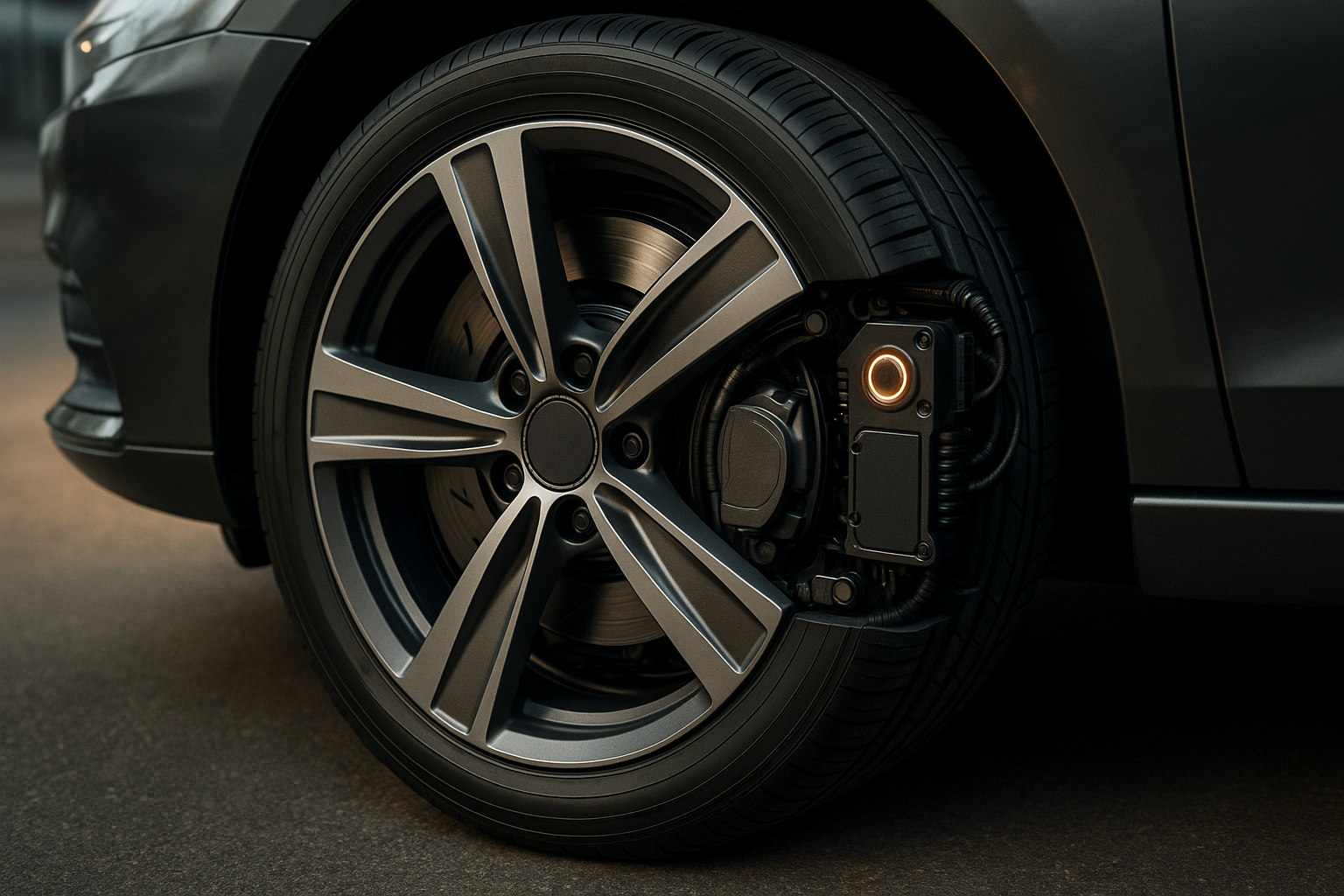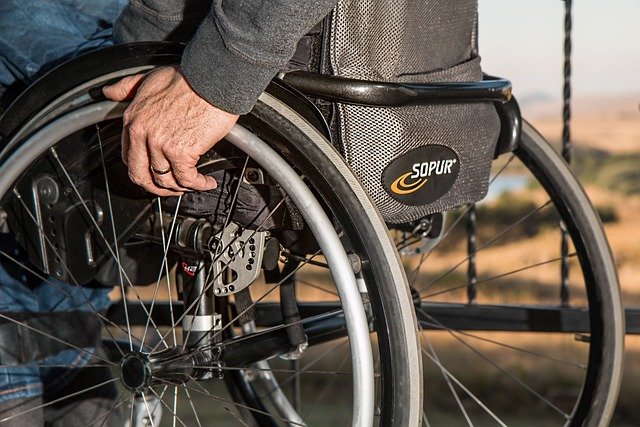Chevrolet Convertibles: Models, Features, and Practical Ownership Guide
Chevrolet has a storied history of producing convertibles that blend American style with open-air driving excitement. From classic muscle cars to modern performance machines, these vehicles offer drivers the thrill of wind-in-hair motoring combined with practical everyday usability. Understanding the range of models, their distinctive features, and what ownership entails helps potential buyers make informed decisions. This guide explores Chevrolet's convertible lineup, examining everything from mechanical specifications to long-term maintenance considerations for those considering adding one of these distinctive vehicles to their garage.

Chevrolet’s convertible heritage spans decades, offering enthusiasts a variety of options that balance performance, style, and practicality. Whether drawn to vintage charm or contemporary engineering, understanding what makes these vehicles unique helps buyers navigate their choices confidently.
Overview: Chevrolet convertible models, evolution, and what sets them apart
Chevrolet’s convertible lineup has evolved significantly over the years, with the Camaro and Corvette serving as the brand’s primary open-top offerings in recent decades. The Camaro convertible, reintroduced in 2011 after a brief hiatus, delivers muscle car aesthetics with modern performance capabilities. The Corvette convertible represents the pinnacle of American sports car engineering, with each generation pushing boundaries in handling and power delivery.
Historically, Chevrolet produced numerous convertible variants across different model lines, including the Chevelle, Impala, and even compact models like the Cavalier. What distinguishes Chevrolet convertibles from competitors is their emphasis on accessible performance, combining V8 power options with relatively attainable pricing compared to European alternatives. The brand’s engineering focus on structural rigidity helps maintain handling precision despite the absence of a fixed roof, a challenge that has improved dramatically with modern materials and design techniques.
The transition from traditional fabric tops to advanced power-retractable hardtops in models like the Corvette C6 and certain Camaro variants marked a significant evolution, offering enhanced security, insulation, and weather protection while preserving the convertible experience.
Key features and performance: engines, handling, interiors, and convertible roof types
Chevrolet convertibles typically offer multiple engine configurations, ranging from efficient four-cylinder turbocharged units in base Camaro models to supercharged V8 powerplants in high-performance variants. The Corvette lineup features naturally aspirated and supercharged V8 engines, with recent generations achieving remarkable power outputs exceeding 600 horsepower in top-tier configurations.
Handling characteristics vary by model and trim level. Performance-oriented variants include adaptive suspension systems, magnetic ride control, and performance-tuned steering that compensate for the reduced structural rigidity inherent in convertible designs. Chevrolet engineers reinforce convertible chassis with additional bracing to minimize flex and maintain driving dynamics comparable to coupe counterparts.
Interior appointments range from functional sport-focused cabins to luxury-oriented designs with premium materials, advanced infotainment systems, and driver assistance technologies. Convertible roof mechanisms include traditional power-operated soft tops with multi-layer construction for noise reduction and insulation, as well as retractable hardtops that provide coupe-like refinement when closed. Operation speeds vary, with most modern systems completing the cycle in 15 to 20 seconds, often operable at low speeds for added convenience.
Buying guide: choosing between new and used models, trims, and common option packages
Deciding between new and used Chevrolet convertibles involves weighing warranty coverage, depreciation, and feature availability. New models offer full manufacturer warranties, latest safety technologies, and current design language, but command premium pricing. Used convertibles provide significant value, particularly models three to five years old that have absorbed initial depreciation while retaining modern amenities and reliability.
Trim levels significantly impact pricing and equipment. Base models offer essential features and adequate performance for casual driving, while mid-tier trims add convenience features, upgraded audio systems, and enhanced interior materials. Top-tier performance trims include track-focused suspension, Brembo brakes, limited-slip differentials, and aerodynamic enhancements that justify higher costs for driving enthusiasts.
Common option packages include technology bundles with navigation, premium audio, and smartphone integration; comfort packages with heated and ventilated seats; and performance packages with upgraded cooling, exhaust systems, and wheel-tire combinations. Buyers should prioritize options that match intended use, as performance upgrades may be unnecessary for casual weekend driving but essential for track enthusiasts.
Maintenance and care: roof mechanisms, weatherproofing, routine service, and longevity tips
Proper maintenance extends convertible lifespan and preserves functionality. Roof mechanisms require periodic lubrication of hinges, latches, and hydraulic components according to manufacturer specifications. Fabric tops benefit from specialized cleaners and protectants that prevent mildew, fading, and premature wear. Inspecting weatherstripping annually and replacing worn seals prevents water intrusion and wind noise.
Routine service follows standard Chevrolet maintenance schedules, including oil changes, brake inspections, and fluid replacements. Convertible-specific considerations include checking drain tubes that channel water away from the roof storage area, as blockages can cause interior water damage. Storing convertibles in climate-controlled environments protects materials from extreme temperature fluctuations and UV exposure.
Longevity tips include operating the roof mechanism monthly during winter storage to maintain hydraulic system health, avoiding automatic car washes that may stress roof materials, and addressing minor repairs promptly before they escalate. Properly maintained Chevrolet convertibles regularly exceed 150,000 miles with original roof mechanisms intact.
Safety, fuel economy, and ownership costs: insurance, running expenses, and resale considerations
Safety features in modern Chevrolet convertibles include multiple airbags, stability control, traction management, and increasingly available driver assistance technologies such as blind-spot monitoring, rear cross-traffic alert, and forward collision warning. Structural reinforcements compensate for the absence of a fixed roof, maintaining crash test performance comparable to closed-body variants.
Fuel economy varies significantly by engine choice and driving style. Four-cylinder turbocharged Camaro models achieve approximately 20-25 mpg in combined driving, while V8-powered variants typically return 15-20 mpg. Corvette models with advanced cylinder deactivation technology can achieve surprisingly competitive highway efficiency despite high performance capabilities.
| Ownership Aspect | Estimated Annual Cost | Notes |
|---|---|---|
| Insurance (Full Coverage) | $1,200 - $3,000 | Varies by model, driver age, location, and coverage levels |
| Fuel (12,000 miles/year) | $1,800 - $3,200 | Based on current fuel prices and vehicle efficiency |
| Routine Maintenance | $500 - $1,200 | Oil changes, tire rotations, inspections |
| Tires (amortized) | $400 - $800 | Performance tires wear faster, require more frequent replacement |
| Depreciation (years 1-5) | $3,000 - $8,000 | Higher for new purchases, stabilizes after initial years |
Prices, rates, or cost estimates mentioned in this article are based on the latest available information but may change over time. Independent research is advised before making financial decisions.
Insurance costs reflect the performance nature and theft risk associated with convertibles, particularly for younger drivers or those in urban areas. Obtaining quotes from multiple insurers helps identify competitive rates. Running expenses include premium fuel requirements for high-performance models and potentially higher tire costs due to performance-oriented compounds that wear more quickly.
Resale considerations favor well-maintained examples with documented service history, desirable color combinations, and popular option packages. Limited-production performance variants often retain value better than base models, while convertibles in regions with favorable climates typically command higher resale prices than those in areas with harsh winters.
Conclusion
Chevrolet convertibles offer diverse options for open-air driving enthusiasts, from accessible muscle cars to world-class sports cars. Understanding model differences, feature sets, and ownership requirements empowers buyers to select vehicles that match their driving preferences and budgets. Proper maintenance and informed purchasing decisions ensure these distinctive vehicles deliver years of enjoyable motoring experiences while maintaining reasonable ownership costs and strong resale potential.




